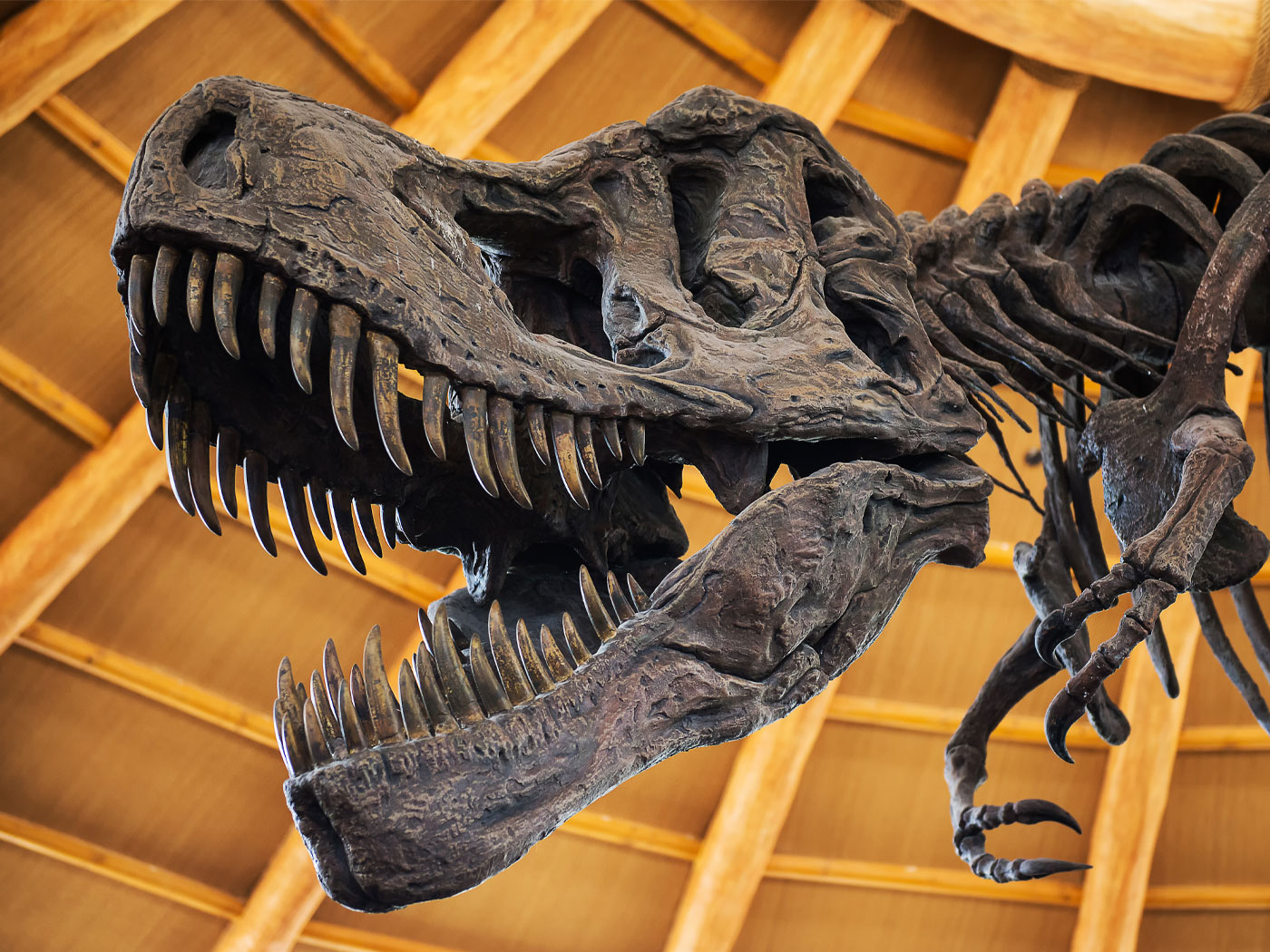The human skeleton hanging in the classroom often gives the impression that bones are inanimate objects, only serving as a structural support for the body. However, in the last several decades, scientists have learned that the skeletal system is far more dynamic and complex than previously imagined.
Scientists are now able to track signals between bones to other parts of the body. A Smithsonian publication explained these discoveries are like suddenly finding out “that the studs and rafters in your house were communicating with your toaster.” The more researchers continue to study the human body, the more they realize the organ systems are intrinsically linked through molecular conversations through receptors, signaling molecules, and transcriptional cascades.1 The intricate molecular language of biochemistry is elegant and reflects the unapproachable wisdom of our Creator.
“Scientists are still deciphering all the ways that bone cells can signal other organs, and how they interpret and respond to molecular messages.”1 They have documented chemical conversations between bones and the kidneys, fat cells, muscle, the brain, and even the gut microbiome. Scientists and doctors believe with more research they can use the chemical conversations to develop therapies for conditions like osteoporosis. Laura McCabe, a physiologist told the Smithsonian, “It’s a whole new area of exploration.”1
There are three main cell types within bone: osteoblasts, osteoclasts, and osteocytes. Osteoblasts build bone, while osteoclasts dismantle bone. Osteoblasts and osteoclasts are what enables bone to grow, heal, and reshape itself to suit the body’s needs.1 Osteocytes comprise roughly 90% of bone tissue.1 Many evolutionists formerly thought osteocytes “were just kind of there, not doing much,” or are at the very most only regulating bone remodeling. Cell biologist Lynda Bonewald chose to study osteocytes against her colleagues’ advice to “not waste her time.” She discovered the important conversations osteocytes have with the rest of the body.1
The first chemical conversation Bonewald deciphered was between osteocytes and the kidneys. Osteocytes produce growth factor FGF23, a recently discovered compound that helps control phosphate levels.”1 Researchers have discovered that FGF23 affects the secretion of the parathyroid hormone (PTH). PTH ultimately prompts osteoclasts to reabsorb bone.1
In other research, Physiologist Gerard Karsenty found that the hormone Leptin, produced in adipose (fat) tissue suppresses bone growth. His studies also found that bones produce a protein, osteocalcin which helps regulate blood sugar and promotes memory retention.2 Muscle might share the closest relationship with bone, as they are partners in moving and grow proportionately together. A study co-authored by Bonewald, published in a 2018 edition of Cell Reports said, “Bone and muscle have an intimate relationship and show synchronization of tissue mass throughout life.”3
Two examples of chemical interactions between them is production of myostatin and aminoisobutyric acid (BAIBA) by muscle. Myostatin keeps bone mass in proper proportion to muscles. The study stated, “disuse-induced muscle atrophy produces myostatin that has anti-osteogenic effects by decreasing osteoclastogenesis (the fusion of bone cell precursors),” supporting muscle/bone communications.3 When exercised, muscles produce BAIBA. Bonewald observed that BAIBA protects bone by preventing osteocyte cell death that is induced by reactive oxygen species (ROS).3
Bone cells, particularly osteocytes, are multifunctional and aid in the homeostasis (physiological equilibrium) of the body. Are we to believe that osteocytes are derived from spineless animals (invertebrates) as evolution advocates claim? Or should we believe that they evolved in a step-by-step pattern from other cell types when it is clear how heavily the body relies on osteocytes? The intricate role of these cells is evidence for creation. Each cell clearly has a specific and important function that could not have been left up to chance. “The complexity and order required for human life defy Darwinian reasoning of trial and error,” wrote Dr. of biology Greg Brewer in Acts & Facts article “Building a Human Body.”4 The intricacy and complexity of the human body reminds us that we are not here because of a cosmic accident, but were intelligently designed by our Creator with purpose.
References
- Dance, Amber . "How Bones Communicate With the Rest of the Body." Smithsonian Magazine. Posted on smithsonianmag.com March 3, 2022, accessed June 12, 2023.
- Karsenty, G., and F. Oury. 2012,. Biology without Walls: The Novel Endocrinology of Bone. Annual Review of Physiology. 74(1):87-105.
- Bonewald, L. F. et al. 2018. "β-aminoisobutyric Acid, L-BAIBA, Is a Muscle-Derived Osteocyte Survival Factor." Cell Reports 22(6):1531-44.
- Brewer, G. 2023. Building a Human Body. Acts & Facts. 52 (1): 19.










